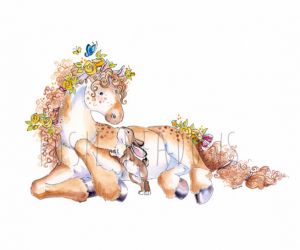If any landscape photographer had their way, the weather and lighting would always be perfect; with today’s climatic fluctuations, that’s not going to happen. Shooting in extreme weather conditions like Arctic chills or Amazonian heat, one must know their equipment as well as their physical limitations. We carefully examine 5 useful tips for those braving the elements in anticipation of getting that irresistible sunset or violent snowstorm. From guest author Roger Kowalewski.
Tip #1: Avoid Outdoor Lens Changes
Adjusting lens sizes while standing amidst freezing cold winds, or heavy rainfall, could risk attraction of condensation or too much moisture. For those uncertain what that means, just imagine getting your iPhone waterlogged by accidentally dumping water atop it. The camera body has tons of moving, very important parts; our goal is not wasting an investment when changing lenses, so perhaps wait until you’re inside your tent or house before swapping.
Tip #2: Change Proximities Often
Upon discovering the perfect landscape for your shoot, make your shot count. However, if the landscape is an inanimate object, perhaps consider driving closer to the object to gain another perspective. You will see the picture differently, perhaps desiring to capture more specific details instead of that faraway shot that really leaves your mind too much room to ponder. With different lenses and angles, photographers can accentuate landscapes more fluidly while easily amplifying their shots with close-ups.
Tip# 3: Compensate For Indeterminate Dimensions
Shooting downward at monstrous rock formations doesn’t really bring out much to the viewer. In order to clearly define what photo viewers should be looking at, perhaps toss some backpacks, pile people or even vehicles into your landscape before taking the shot. This provides some clarity to others looking on, and makes your backdrop stand out more. Adding another dimension to your picture scale is another great way to make various areas of the landscape stand out.
Tip# 4: Balancing Light for Night Shots
Specializing in nighttime shots means understanding all available light sources encompassing your shot. For example, many statues or large buildings you intend to capture have three, up to five, different light sources to consider: sky lights, any street lamps, interior lighting, reflections off water and, in some cases, moonlight. You must really know the shutter speed, flash capabilities and all surrounding elements before attempting to take pictures at night; read up!
Tip #5: Capture Creatures At Home
Really doesn’t make sense to capture lamb in pig sties, nor should one snap horses running down the freeway. When capturing combination shots of landscape and animal, make sure they match. Cows in pastures, sheep on hillsides and so forth. Nothing demeans photos worse than out of place landscape shots; this is, of course, unless that was your intention for some whacky reason. This is not to say you won’t aspire to capture something unique.
In Closing: Learn Your Surroundings
Knowing your camera is definitely mandatory when snapping outdoor shots; understanding climatic changes can occur quickly should actually come higher in importance than your Canon. Learn lighting, proper cleaning of your camera lenses and where to shoot the best landscapes, and at what times, to really amplify the whole photography experience.
Guest author Roger Kowalewski is a freelance writer and photography buff from Indiana. You can follow him on Google+.
Images from flickr.com used under the Creative Commons License: Landscape by Benurs – Learning and learning…, Sea Landscape by pavel ahmed.













